2019 is about to end. Looking back at the smartphone market this year, more changes appear to have occurred inside the phone. 5G has not changed the appearance of the smartphone, but has changed the structure of the motherboard and antenna distribution of the smartphone.
Folding screens (surrounding screens) with high hopes are more like premature babies with thunder and raindrops. They are either recalled with imperfect structures or only exist in the urban legend of a folding screen for a suite. , Or is locked in the window for admiration only.
Every time I think about it, I can’t help but sigh and miss the innovative form of the mobile phone in 2018. During this year, two vivo APEX concept phones and NEX products have appeared, making true full screen a design trend of the year However, OPPO Find X of that year made use of 3D structured light and lifting structure to achieve a leap in design and engineering capabilities, becoming the “most beautiful mobile phone of the year” competitors.
In addition to the obvious 5G race, the technological innovation focus of smartphones in 2019 will also be extended to 2020 without any doubt. The first is the competition in camera capabilities. Huawei’s once-absolute camera capabilities have now been challenged. At least this is the performance of the DxO Mark list. Outsole high pixels and video capabilities have become important weights to measure camera capabilities. Then, with the advent of the OnePlus 7 Pro’s 90Hz refresh rate screen, high refresh rate screens have also come out of the subdivided field of gaming phones and become the standard for many high-performance phones.
The priority of camera and screen technology will be even higher in the 5G era. This is because 5G first affects the audio and video content, clarity, frame rate, color information, dynamic range, etc. will be further improved. As the input and output carrier of audio and video content, taking pictures and screens should become the focus of competition and determine the experience. Pros and cons.
After speaking these prefaces, it’s nothing more than a stepping stone for Find X2.

▲ Reno Ace Gundam Custom Edition
Compared with the big strides on OPPO products and brands in 2018, this year’s OPPO product rhythm is quite stable. The Reno series has carried the product beam, the most outstanding of which is the Reno 10x zoom with a 10x lossless zoom photoVersion, as well as the first Reno Ace with 65W super flash charging technology and a 90Hz refresh rate screen.
The current OPPO product line lacks a master who has some unique skills. The difficult task naturally falls on the Find series.
More certain information
After the end of the OPPO Future Technology Conference on December 10, Aifaner and several media also followed the OPPO product manager into the small black room to talk about the new Find series that will be released next year.
Because there is still a long time before the release of this phone, the exact information provided by the product manager of the Find series is not too much, and the following points are directly disclosed:
- About naming, if no accident is Find X2
- The release time is next year Q1
- The camera part uses an image sensor customized with Sony, the first all-pixel omnidirectional focusing technology
- The screen is guaranteed to be at the same level as Samsung’s Apple flagship.
The name of Find X2 is actually nothing to say, just go ahead with the previous generation of Find X, but the media friends present have said that the name is too ordinary, it is better to change to other single letters, such as Find Z and the like.
If the release time is set at Q1, you can actually guess most of it. First of all, it is absolutely impossible in January. Before the Lunar New Year, OPPO expects the Reno3 series to hit a wave of sales. It will not use Find X2 to fight each other. The highlight of the industry in February will be the MWC (World Mobile Communications Conference) that is unshakable every year. OPPO has the habit of releasing new technologies on MWC in recent years. Instead, it has not released commercial products. This habit is expected to be retained, so we speculate OPPO will release some technologies related to Find X2 at MWC in February, and then officially release Find X2 later in March.
Photographing will be greatly improved
Next is the highlight, conjecture about the new camera and screen.
First of all, what is “All Pixel Omni-directional PDAF”?
On December 10th, there was no coincidence that Sony officials announced the “2x2On-Chip Lens (OCL) solution”. In fact, these two technologies are related to tomatoes and tomatoes.
According to the official Sony document, 2 × 2 OCL is a solution for high-speed focusing.
Traditional OCL technology has an independent collector on each pixelAnd the 2 × 2 OCL solution now launched is four pixels of the same color, which will share an OCL light collection lens. After switching to the new structure, Sony said that it would be able to achieve full pixel phase difference detection and improve the focusing ability of the sensor.
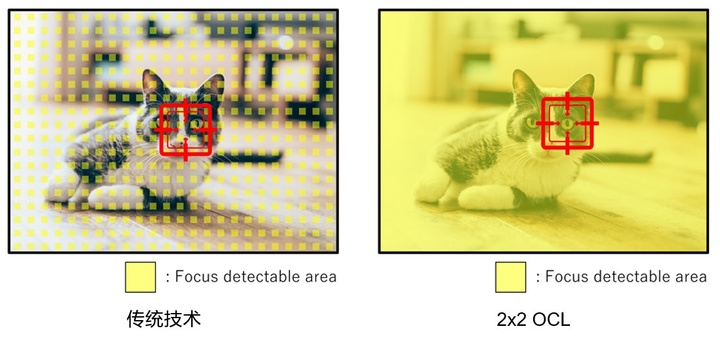
As can be seen from the diagram, the focus coverage area of 2 × 2 OCL can fill the entire screen, reducing the gap between the focus points, and it can do more accurate focus detection. In addition to improving the accuracy of focus detection, 2 × 2 OCL also helps improve focus in low light.

In addition to the improvement in focus, Sony also mentioned the impact of 2 × 2 OCL technology on picture quality. This solution is also helpful for high-pixel shooting, dynamic range and high-sensitivity performance:
- High-resolution pixel shooting: Use the unique signal processing function to change the arrangement to achieve high-resolution photos.
- High sensitivity: 4 adjacent pixels of the same color can be read through addition to take low-noise and bright photos and videos. In addition, through the design and manufacturing technology of 2 × 2 OCL, the utilization efficiency of light is increased, and further sensitivity improvement is achieved.
- HDR: Through the unique exposure control technology and signal processing function, HDR can be output in real time.
Earlier in November, Hoshino Hoshino of the Sony ’s Semiconductor Business Mobile and Sensing Systems Business Unit made no secret of saying:
Our ultimate goal is to make the shooting effect of mobile phones catch up with SLR. In the next step, we will move towards large size chips.
At the same time, Sony also expressed its views on Samsung’s 100-megapixel sensor:
We should n’t just talk about the pixel size, we think the shooting effect should be viewed as a whole. The effect of shooting depends on whether the camera shooting module can be optimized. There are many factors that must work together, including HDR and fast focus technology. In addition, mobile phones do not only capture still images. If you are shooting dynamic video, 100 million pixels is not very useful.
In addition, OPPO now also takes video shooting as the center of gravity. Based on this, it can be roughly inferred that the orientation of this Sony-made OPPO image sensor on Find X2 will be outsole and moderate pixels.
The 48-megapixel IMX586 image sensor, which shined this year, has become the main choice for the Android camp to take pictures, and then IMX686 was also introduced at the end of the year with Redmi K30.
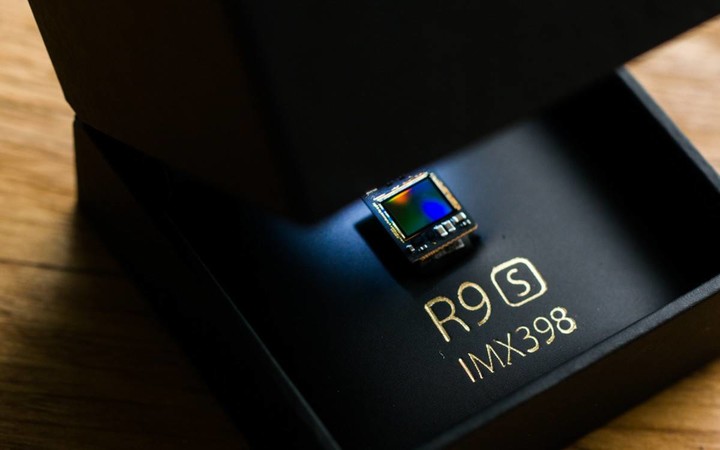
▲ OPPO and Sony have jointly developed the IMX398 image sensor
For reference, IMX686 is a 60-megapixel, 1 / 1.7-inch image sensor. If OPPO needs to customize with Sony, then the sensor used by Find X2 must be stronger than IMX686, otherwise customization will lose its meaning. After all, IMX686 does not have a full-pixel omnidirectional focusing technology. So it is estimated that OPPO and Sony finally came out with a size larger than 1 / 1.7 inch, but the pixel is still 48 million.
What about the screen?
Next is the screen. Compared to cameras with complex orientations, the measurement dimensions of the screen are actually more objective: resolution, color accuracy, and brightness. Needless to say, now we are beginning to pursue high refresh rates, high touch sampling rates, HDR support (Dolby Vision support) and more.
When OnePlus 7 Pro was released this year, it quoted Displaymate’s test data to prove that it has an excellent screen that rivals Samsung’s Apple flagship. At the same flag, the OPPO product manager at the communication meeting was also established.
The product power of smartphones is, in the final analysis, R & D and supply chain capabilities. The OPPO and Sony custom image sensors in the front and the rear screen are estimated to cost Samsung Display a high-quality screen.board.
Given the intergenerational differences between the Find X2 and the OnePlus 7 Pro, we still prefer the Find X2 screen to be better than the OnePlus 7 Pro in some main parameters. The most obvious is that the screen refresh rate is likely to be advanced from 90Hz to 120Hz. The resolution is good. The probability of 2K + (1440p) should be very high, no matter how high it is.
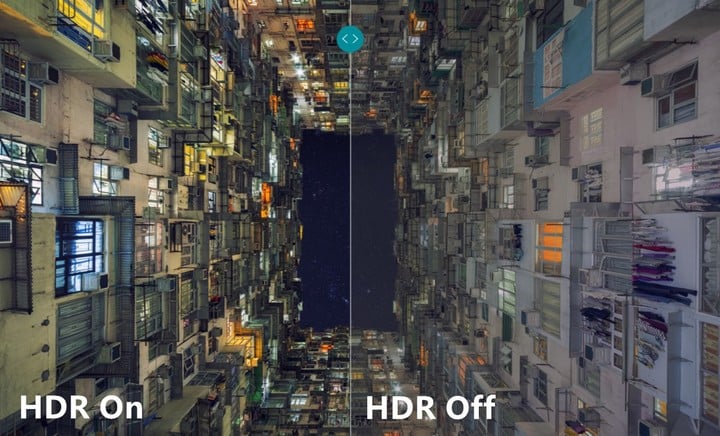
Other estimates are that curved screens can’t run. The question is, will the waterfall screen be used like the Mate 30 Pro and NEX3? Support for high-quality video content in the 5G era is also indispensable, such as the HDR10 standard or Dolby Vision. Although most of the domestic video website’s thoughts are on how to sell ads and make users pay, it still cannot stop the image quality of the times process.
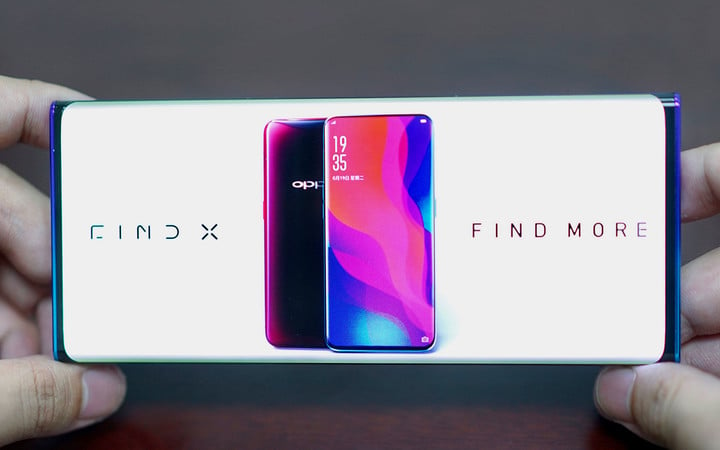
▲ In the middle of this year, OPPO exhibited the waterfall screen engineering machine
What else?
Beyond the camera and screen, we can look for clues outside our communication with the product manager. For example, what technologies have OPPO released in previous years, and which phones have these technologies been used in? OPPO released its 3D structured light technology in May last year, and then commercialized it on Find X in June. By the way, a 50W super flash charger was also installed.
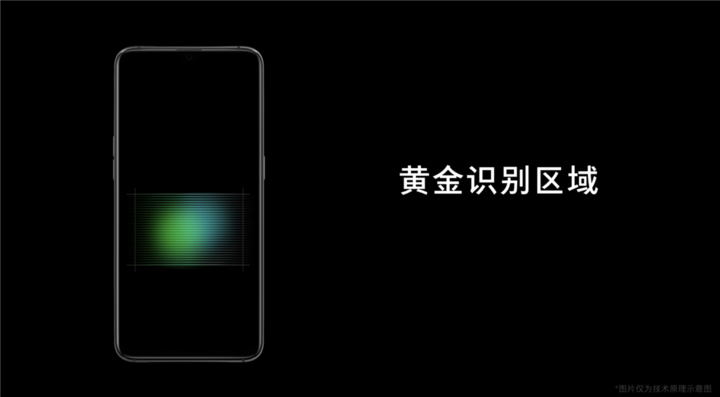
▲ Illustration of fingerprint recognition under area screen
roughStatistics, OPPO released but not commercially available technologies: area under-screen fingerprint unlock technology, 30W wireless charging and under-camera technology. Among them, when the under-screen fingerprint technology was released earlier this year, it was said that it would be commercially available within the year, but it seems that Reno3 Pro is not used, and it is necessary to skip the ticket once, and it is not likely that it will be used on Find X2.
30W wireless charging technology and under-screen camera technology have been exhibited at future technology conferences a few days ago, and have evolved compared to the time of release. Reduced, the selfie effect can also be used.
But I really want to say the probability of commercial use. I still think that the probability of 30W wireless charging on Find X2 is greater, and the screen camera is still a little far from perfect, plus the size of the screen opening can now be controlled. At about 3mm, the effect on the look and feel is very small, so I prefer the Find X2 to use a digging screen solution. As for the lifting structure, I think it has completed its historical mission, and it will be difficult to see this kind of mechanical sense on the flagship machine.
Of course, the 65W Super Flash Charger already used on Reno Ace is not expected to be absent on Find X2.
Last year’s Find X can be said to be a product with priority in form and function. Obviously, Find X2, which will meet you early next year, will complement the previous generation functionally. It may not be as refreshing in form as Find X, but the overall usability will be even higher.
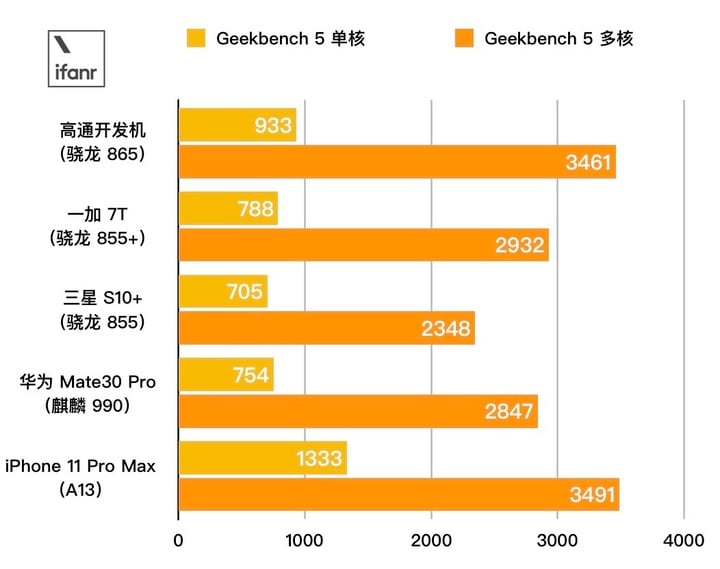
▲ Performance comparison of GeekBench 5 flagship chip
Finally, the least suspicious configuration is of course the Snapdragon 865 chip.